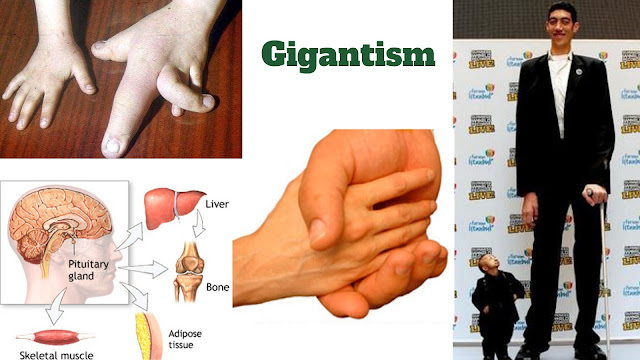Know More About Von Hippel–Lindau Disease, and How we Can Fix It
Know
More About Von Hippel–Lindau Disease, and How we Can Fix It:
Von Hippel–Lindau
disease (VHL), is a rare
genetic disorder with multisystem involvement. It is described by visceral
cysts and benign tumors with potential for consequent malignant transformation.
It is also known as familial cerebello retinal angiomatosis. It is a type of
phakomatosis that results from a mutation in the von Hippel–Lindau tumor
suppressor gene on chromosome 3p25.3. The disease is similarly categorized by
an increased risk of developing the following types of tumors:
·
Hemangioblastomas of the central nervous
system - Benign (noncancerous) tumors made up of nests of blood vessels in the
brain and spine
·
Hemangioblastomas of the retina
·
Pheochromocytomas – A neuroendocrine
tumor, typically benevolent, inside or outside of the adrenal gland
·
Renal cell carcinoma - Cancerous tumor
of the kidney that arises in about 70 percent of individuals with VHL
VHL may likewise affect
the pancreas, inner ear, and reproductive organs (in men and women).
SYMPTOMS
Side effects of VHL change
among individuals and rely upon the size and location of the tumors. Symptoms may
incorporate headaches, issues with balance and walking, dizziness, weakness of
the limbs, vision problems, deafness in one ear, and hypertension. Individuals
with VHL are likewise at a higher risk than normal for particular types of
cancer, especially kidney cancer.
Hemangioblastomas that grow
in the brain and spinal cord can cause headaches, vomiting, weakness, and a
loss of muscle coordination (ataxia). Hemangioblastomas can likewise happen in
the light-sensitive tissue that lines the back of the eye (the retina). These
tumors, which are likewise called retinal angiomas, may cause vision injury.
Pheochromocytomas
influence the adrenal glands, which are small hormone-producing organs situated
on top of each kidney. These tumors frequently cause no manifestations, however
in some cases they can create an abundance of hormones that cause dangerously hypertension.
DIAGNOSIS
Following tests that
may be used to establish a clinical diagnosis include:
- ·
MRI of the brain and spinal cord
- ·
fundoscopy
- ·
ultrasound examination or MRI of the
abdomen
- ·
blood and urinary catecholamine
metabolites.
TREATMENT
Treatment for Von
Hippel-Lindau (VHL) disease relies upon the location and size of tumors. As a
rule, the goal is to treat developments when they cause symptoms, yet are still
little so they don't cause permanent injury. Treatment typically includes
careful expulsion of tumors. Radiation therapy might be utilized in some cases.
All individuals with VHL disease should be carefully followed by a physician or
medical group acquainted with the disorder.




Comments
Post a Comment